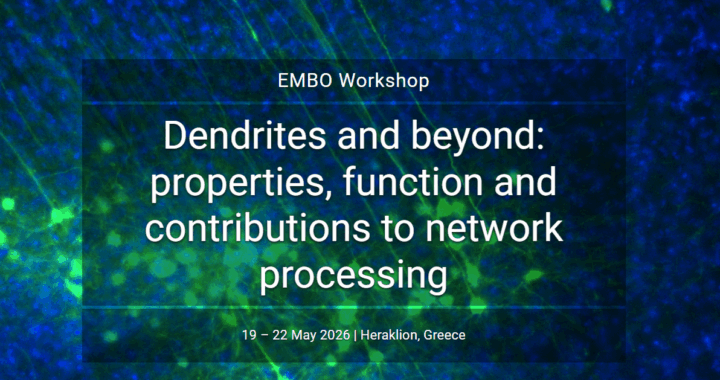Dendritic non-linearities as chiefs in command
It’s been 16 years since Dr. Poirazi, head of the lab, got to publish her research on the non-linear functions of pyramidal neurons; a theoretical prediction that, however prominent may be now, was against all odds and dogmas.
Despite its success, the concept has yet to escape the realm of excitatory neurons, leaving their inhibitory counterparts rather neglected.
Is it time to cross the boundaries?
Alexandra Tzilivaki, first author of our new publication in Nature Communications, knew she was onto something when her interneuron models of Fast Spiking Basket Cells (FSBCs) captured most of the reported variance when supra- and sub- linear dendrites were to be taken into account.
In close collaboration with her supervisor, Dr. Poirazi, and post-doc researcher Dr. Kastellakis, she put the surprising finding to the test by using:
- morpologically / biophysically detailed single-cell models,
- reduced models in the formulation of Artificial Neural Networks,
- and realistic networks of the hippocampus and the preforntal cortex.
Challenging the point-neuron dogma
Under the scrutiny of the above methods, Alexandra was able to prove that FSBCs act as 2-layer neural networks rather than point neurons, and, therefore, realize significant computational gains for the brain networks they’re embedded in.
This new line of work provides testable predictions, while expanding on community’s understanding of how the brain makes efficient use of limited resources to execute complex cognitive processes (i.e., learning, memory, etc.).
Tzilivaki, A., Kastellakis, G., & Poirazi, P. (2019). Challenging the point neuron dogma: FS basket cells as 2-stage nonlinear integrators. Nature Communications, 10(1), 1-14.





